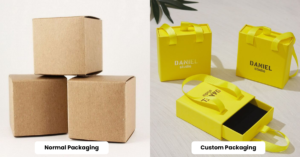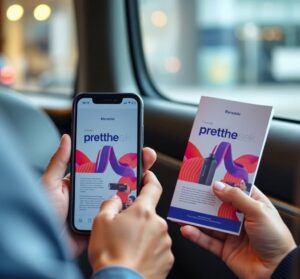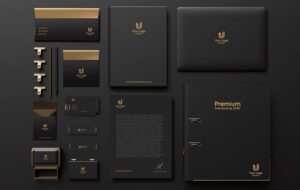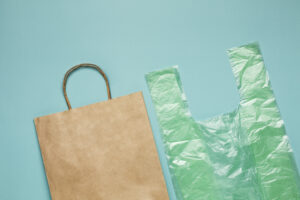Print marketing materials remain an essential part of branding and communication, offering businesses a tangible way to connect with their audience. However, with various options available, it’s important to understand the differences between key print materials such as brochures, booklets, and leaflets. Each serves a unique purpose and is best suited for specific marketing goals. Let’s explore how they differ and when to use them effectively.
What is a Brochure?
A brochure is a folded marketing material that presents information in a structured and visually appealing format. It typically contains multiple panels and is designed to provide concise yet detailed information about a company, product, or service.
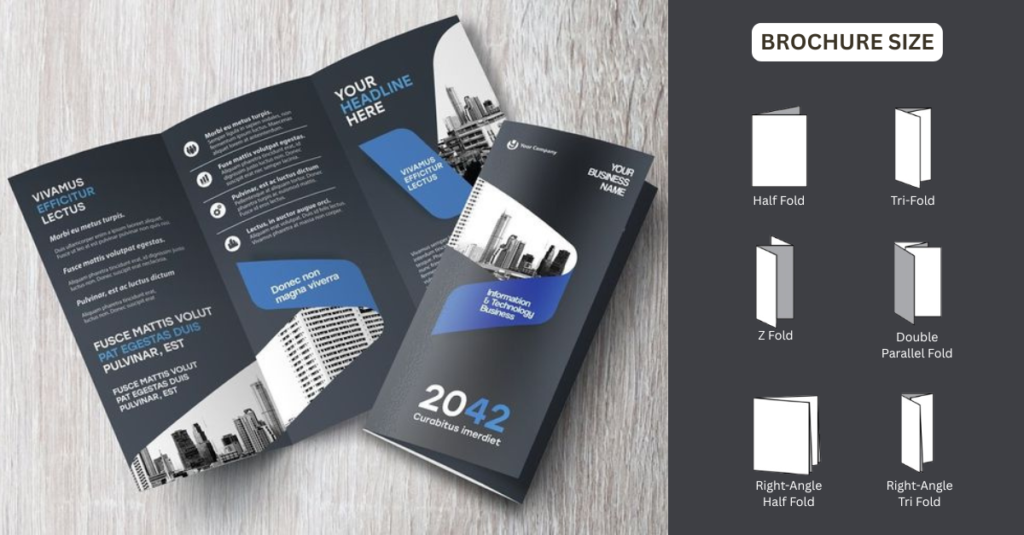
Key Features:
- Usually folded (bi-fold, tri-fold, or Z-fold), making it compact and easy to carry.
- Contains concise and engaging content that delivers key messages quickly.
- Designed with graphics, images, and branding elements to enhance visual appeal.
- Used for promotional and informational purposes to educate potential customers.
- Printed on high-quality paper to enhance professionalism and durability.
Common Uses:
- Product and service promotions to highlight key features and benefits.
- Company overviews and introductions to establish brand identity.
- Event marketing and trade shows to provide attendees with essential information.
- Real estate listings and travel guides to showcase properties and destinations.
- Educational institutions for course details, helping students make informed decisions.
- Healthcare industry for patient information, including services and treatment options.
Brochures are an affordable and versatile way to communicate detailed information in a compact format. They’re perfect for engaging potential customers already interested in your product or service, helping boost sales and build brand awareness. Easy to distribute in high-traffic areas or via mail, brochures are an essential part of any marketing strategy.
What is a Booklet?
A booklet is a multi-page printed document bound together, offering more space for detailed information. Unlike brochures, booklets are more like mini-books or catalogs, providing in-depth content.
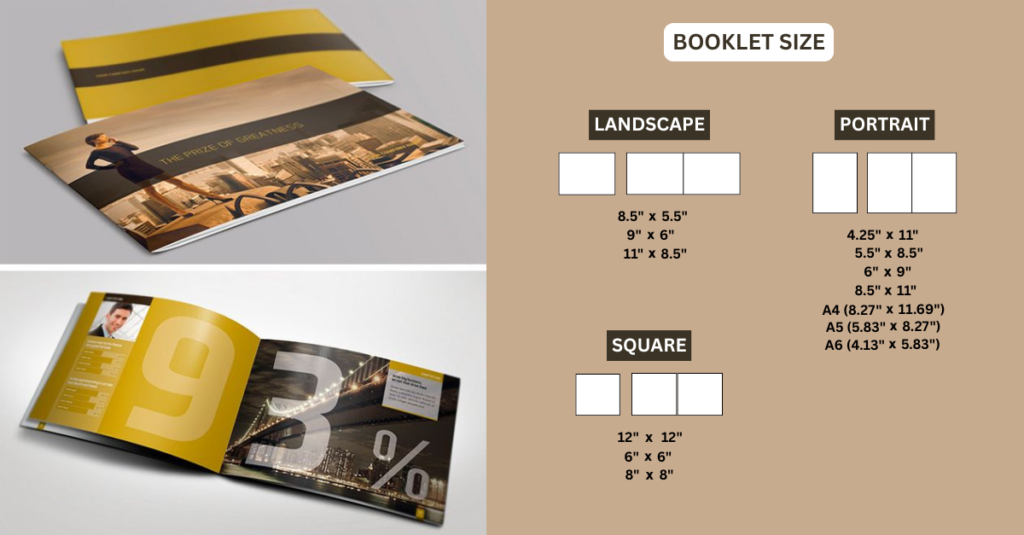
Key Features:
- Typically, 8 or more pages, bound with staples, spiral binding, or perfect binding for a polished look.
- Offers a structured format with sections, making it easy for readers to navigate.
- Allows for detailed descriptions and extensive visuals to explain products or services.
- Ideal for content that requires more explanation, such as technical details or research findings.
- Printed on durable paper to withstand frequent handling and ensure longevity.
Common Uses:
- Product catalogs and price lists to showcase extensive product lines and pricing options.
- Company profiles and annual reports to communicate business performance and achievements.
- Instruction manuals and user guides to help customers understand products or services.
- Educational booklets and training materials for in-depth learning and knowledge sharing.
- Travel and tourism guides to provide detailed itineraries and attractions.
- Research reports and white papers for professional and academic purposes.
Booklets deliver extensive information in a professional, organized format. Bound for a polished look, they are ideal for businesses needing to present a lot of content clearly. Saddle stitching, the most popular binding option, is affordable and quick to produce, making it a cost-effective choice.
What is a Leaflet?
A leaflet is a single, unfolded sheet of paper that delivers brief, impactful information. While similar to a flyer, leaflets are usually made from higher-quality, more durable materials compared to the cheaper paper used for flyers. As one of the most cost-effective print marketing options, leaflets are perfect for mass distribution.
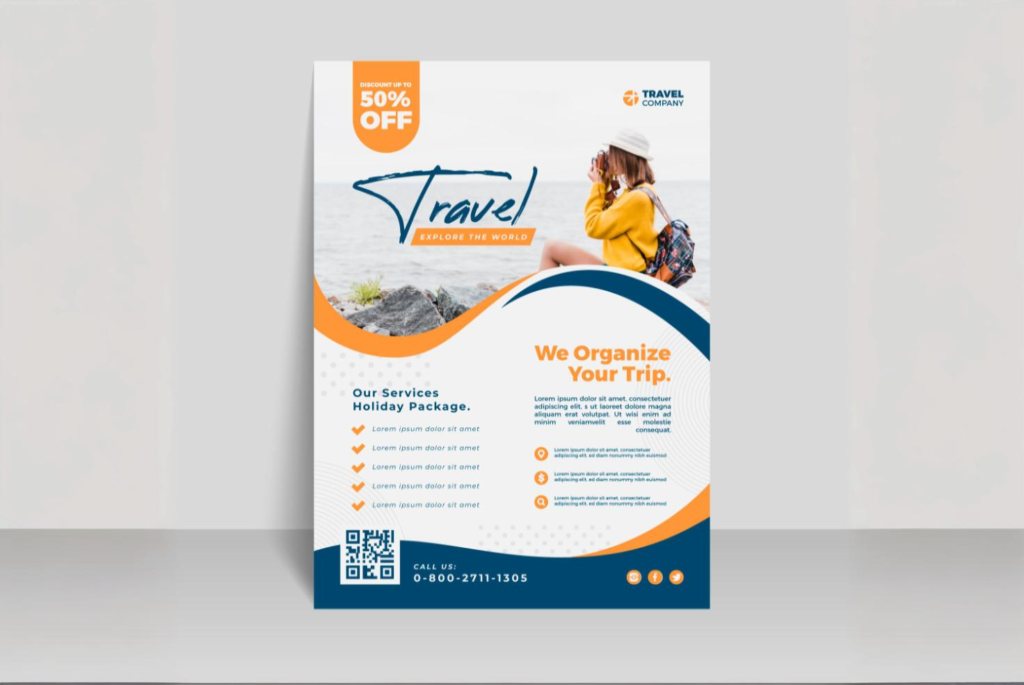
Key Features:
- Single-sheet format (A4, A5, or smaller), making it easy to handle and distribute.
- Lightweight and portable, allowing businesses to hand them out or include them in mailings.
- Focuses on short and persuasive messaging to quickly engage the audience.
- Often printed in bulk for large-scale marketing efforts.
- Typically printed on standard or glossy paper to enhance visibility.
Common Uses:
- Flyers for events, promotions, and special offers to attract customers.
- Awareness campaigns and public notices for important messages.
- Restaurant menus and takeaway promotions to inform customers about offerings.
- Political and community outreach materials for advocacy and engagement.
- Non-profit and charity campaigns to encourage donations and support.
- New product launches and sales announcements to drive immediate action.
Brochure vs. Booklet vs. Leaflet: Which One Should You Choose?
The choice between a brochure, booklet, and leaflet depends on the nature of your message and your marketing objectives:
- Choose a Brochure when you need a compact, informative, and visually appealing material to promote your business, services, or events.
- Choose a Booklet if you require a more detailed, structured, and professional document for catalogs, reports, or educational materials.
- Choose a Leaflet for quick, impactful communication to a broad audience, especially for promotions, event announcements, and awareness campaigns.
Conclusion
Each of these print materials serves a distinct purpose, and selecting the right one can enhance your marketing strategy. Whether you need a brochure to attract potential customers, a booklet to provide comprehensive details, or a leaflet for mass outreach, high-quality printing ensures maximum impact.


